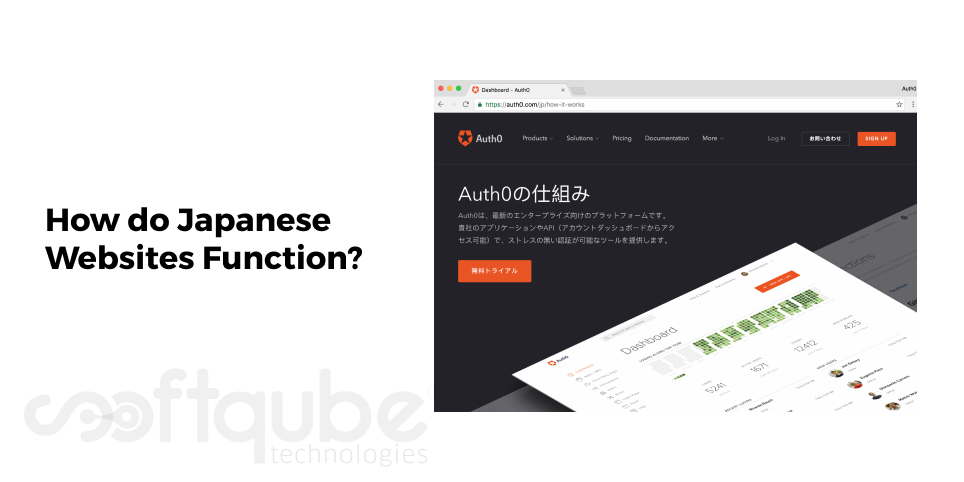How do Japanese Websites Function?
March 22, 2016

What’s so interesting to know how Japanese websites function? We know Japan is ahead in technology and is also the forerunner of minimalism from fashion to architecture. Everything seems to be figured out; particularly Japanese anime and manga.
What is manga? It is the way they form the combination of storytelling and art and then it gets then followed by all those who want to tell their stories. Their track record of beautiful aesthetics sometimes gets to halt.
Certain websites are incredibly mixed up with no design rules nor taking navigation into consideration. There are quite few traditional prints of newspapers that are filled with text. So, why it takes place?
Let’s take a look at some of the patterns of these websites and then find whether they are on the same page or not.
Some Japanese Websites:

If we take a look at some various websites such as Rakuten, Kakaku, Livedoor, Sankei then we can see certain things to be similar. I would like to highlight them here.
- Japanese websites are heavy in text
- They use more whitespace
- Websites have lots of blue hyperlinks and URLs
- Ample of advertisements
- Only small images are included
- Disregard for easy flow for the eyes to focus on
- Heavy flash used for banners, advertisements and slideshows.
If we take a look at these websites then they make us remember the period of 80’s and 90’s when HTML used to be the crowning glory of web design. Some remind us of newspapers that have dense rows and columns.
It is necessary to note that these websites bear all the characteristics and it seems as if they are well designed with the same idea in mind.
Japan’s Mobile Culture:
In India, mobile culture has just started whereas in Japan it had prevailed years in advance. Mobile phone usage was an inherited part of their lives and hence they kept the term for it as: mobile phone culture.
Initially; before smart phones became available; camera phones were available in the market and Japan was leading far ahead in camera phones in the rest of the world. The first camera phone made by Japan was J-SH04 in the year 2000.
It was considered as the first real camera phone that can send emails, MMS as well as make use of 3G technology. After this, NTT DoCoMo’s i-mode came into existence and it got 50+ million users in just three years. Various services were launched and altered to go hand in hand with the new technology. With this, mobile versions of several websites were created.
Web Designs Developed keeping in mind the end user:
One of the important factors is to note that this type of web design is not just by coincidence. Apart from optimizing it; for mobile; these were designed as per user expectations in mind. A Japanese user experience architect offers its own perspective on these things.
This means that information must be presented to them without any probe or questions. It is a different kind of Western web design and hence it focuses more on the combination of being eye catching as well as informative. One must also consider the popular browser choice.
Difference in Language:
Japanese typography plays an important role. Those who are not aware of typography; for them these unknown characters appear as cluttered and chaotic because there’s nothing to focus on. Japanese websites tend to include text into images and hence when translated; it adds to the chaotic feel.
Designers must present as much information as possible and this may seem like information overload. Here, the design is no different than Yahoo! You can find links and text everywhere you look. This makes it easy to find the information that you want.
The trend of such type of web designs will keep up for longer while. There are several companies that have started to initiate the changes with Japan’s attitude of conforming to the things that allows the type of design to sustain for decades.
Take Away:
Today, the entire world is busy in developing responsive websites as mobile devices are used the most for web surfing. Japan is found doing the reverse. When it comes to mobile; we must learn something from Japan.
So next time; if you develop any responsive web design or wish to get it developed from experts then keep these things in mind. Let us know how this blog post helped you out.
For more such details, stay tuned to Softqube Technologies; a well known website design company India.
Share on







